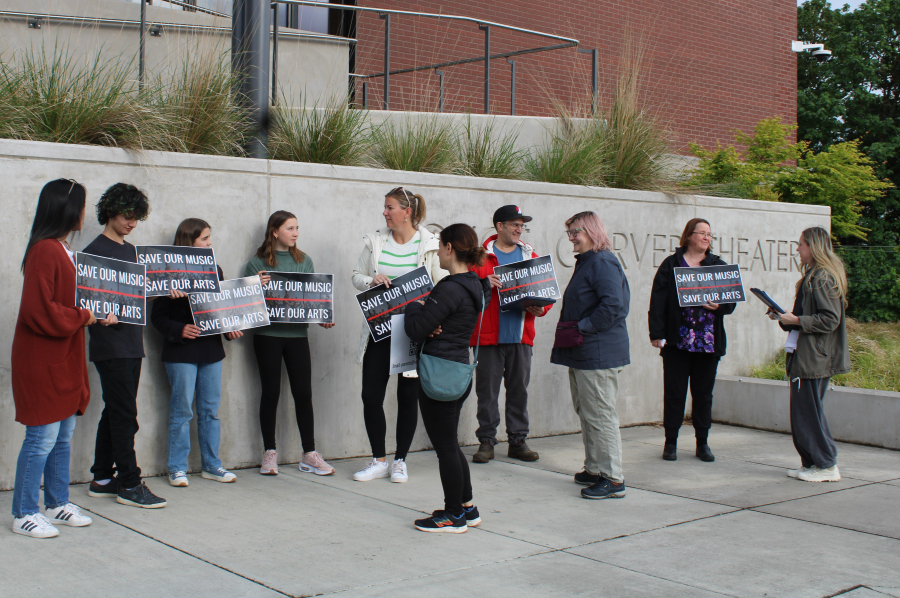The Camas School District will lay off 50 employees to help close an expected $13 million shortfall ahead of the 2025-26 school year.
On Friday, Superintendent John Anzalone said the district will cut 69 teaching positions, three school secretary positions and the equivalent of 45 full-time classified support positions, but the number of actual layoffs is lower after reconfiguring job assignments and accounting for retirements.
For example, the three school building secretaries who received reduction-in-force notices will all move into positions that would have been vacant next year due to retirements, he said.
In all, 31 teachers and 19 classified employees will lose their jobs, Anzalone said.
The final round of budget cuts was in addition to earlier reductions that impacted administrative and central office staff.
In February, the district announced it was eliminating dean positions at Camas High School, as well as at Liberty and Skyridge middle schools, and assistant principal positions at Helen Baller, Dorothy Fox and Grass Valley elementary schools and at Odyssey Middle School. The cuts also will move Odyssey Middle School students into the adjacent Discovery High School next year, creating a blended project-based learning school for grades six through 12.





